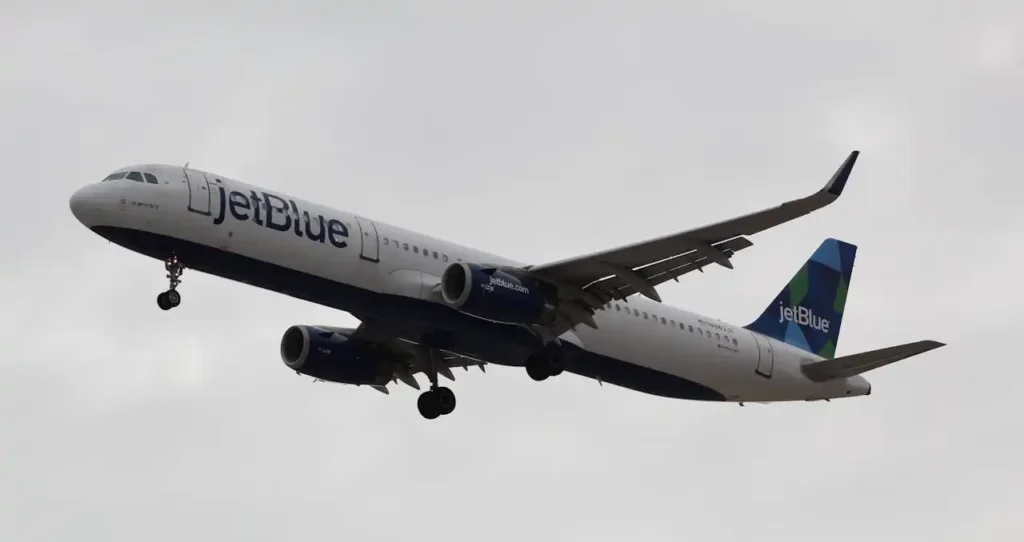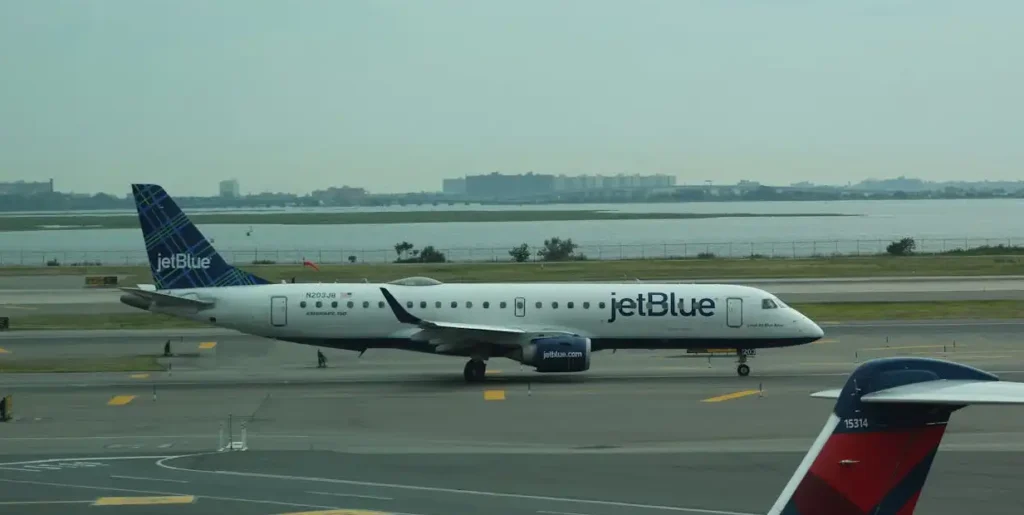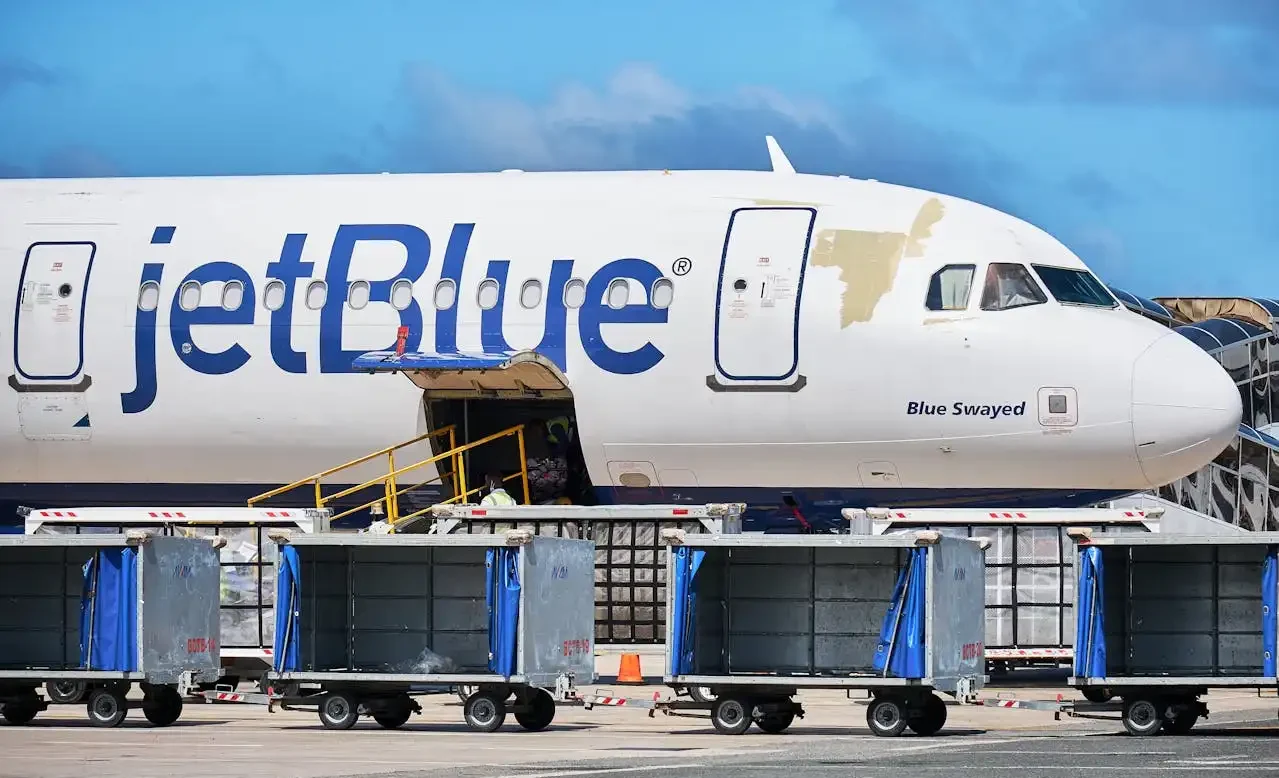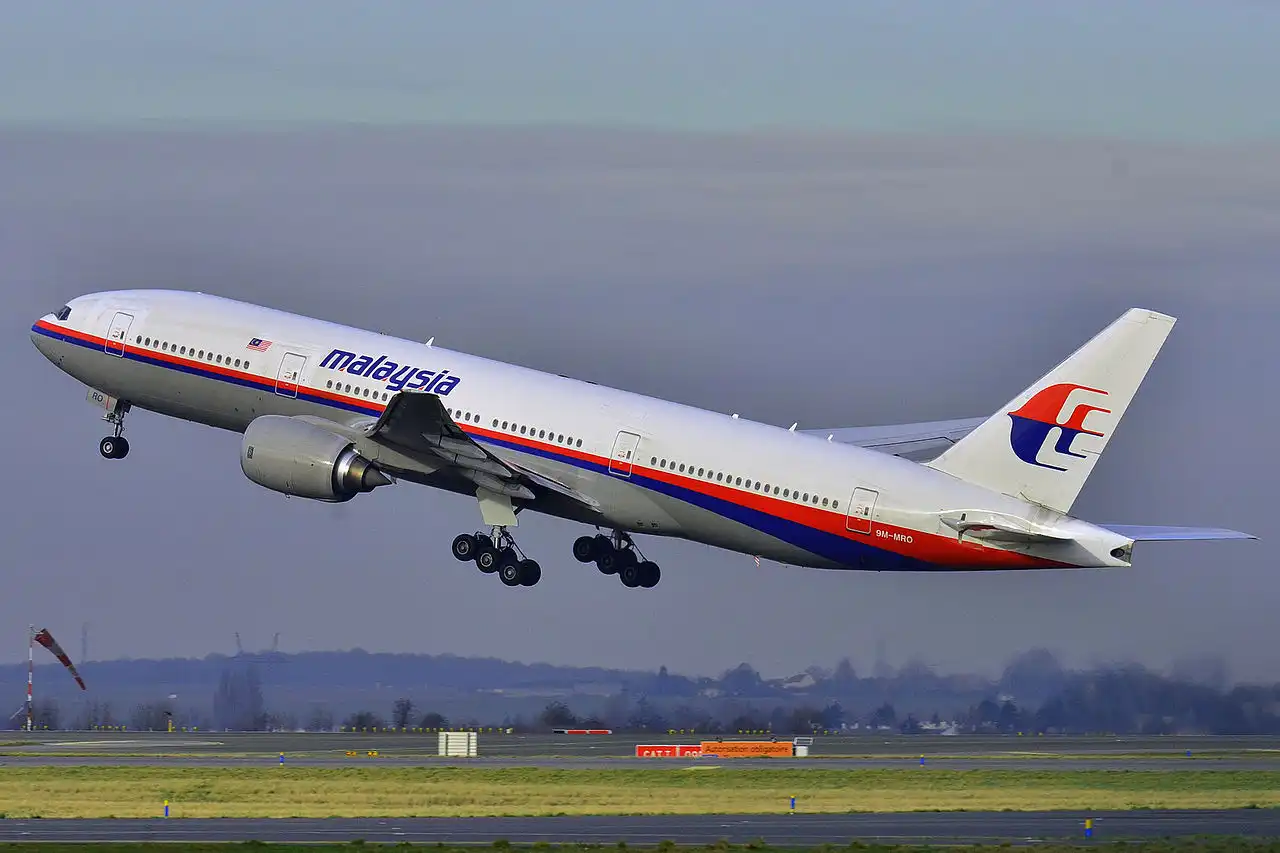Nearly 70 veteran pilots accept retirement packages amid capacity cuts and economic headwinds
April 20, 2025
In a significant workforce shift that reflects broader challenges in the aviation industry, 67 JetBlue pilots have opted for early retirement through a recently negotiated program. The JetBlue pilot retirement initiative comes through a Voluntary Early Separation Program (VESP) established between the airline and its pilots’ union in January—a strategic move designed to address the carrier’s financial pressures while minimizing forced captain demotions.
JetBlue Pilot Retirement Program Addresses Financial Pressures
As JetBlue faces mounting economic challenges, the company has turned to workforce solutions including the pilot retirement program to address its bottom line. During the airline’s fourth quarter earnings presentation, leadership highlighted the difficulty of maintaining high labor costs while a significant portion of the fleet remains grounded due to ongoing Pratt & Whitney engine issues. This comes at a particularly troubling time for the carrier, which posted nearly $800 million in losses last year while seeing revenue shrink by 3.5% compared to 2023.
The JetBlue pilot retirement initiative represents just one piece of the airline’s strategy to regain financial stability in an increasingly complex market environment.

Union Response to JetBlue Pilot Retirement Wave
The timing of these JetBlue pilot retirements carries a certain irony as they coincide with the airline’s 25th year of operations. According to pilot union representatives, the airline’s flight crew members have endured a series of professional setbacks, including rank reductions, pay cuts, and relocation requirements from their preferred bases.
Union leadership has placed blame on both external market conditions and what they characterize as questionable corporate decision-making that has left pilots bearing the financial consequences. Despite these tensions, the voluntary JetBlue pilot retirement program has helped prevent dozens of forced demotions among the captain ranks.
In recent communications, the union acknowledged the contributions of retiring JetBlue pilots who had dedicated their careers to passenger safety and operational excellence.
This month, 67 of our JetBlue ALPA pilots departed the company through the Voluntary Early Separation Program (VESP). We thank each of them for their dedication and commitment to getting our passengers safely to their destinations. Wishing them all the best in their next chapter! pic.twitter.com/n0CRvXlGrI
— JetBlue ALPA Pilots (@JetBlueALPA) April 14, 2025
Details of the JetBlue Pilot Retirement Package
The negotiated retirement program provides financial compensation to departing pilots based on their hourly rates for up to 55 hours of flight time. From the corporate perspective, financial leadership has downplayed the expense of these JetBlue pilot retirement packages, describing them as manageable within the company’s overall financial planning.
According to union sources, the JetBlue pilot retirement departures successfully prevented more than 50 mandatory captain demotions that would have otherwise occurred, providing some stability for the remaining pilot workforce while helping the airline achieve its cost-reduction targets.
Economic Factors Influencing JetBlue Pilot Retirement Decision
The JetBlue pilot retirement program coincides with deteriorating economic conditions that have affected the entire U.S. aviation sector. The airline has specifically cited inconsistent demand patterns resulting from economic uncertainty in its investor communications, with particular pressure on off-peak travel periods.
This economic uncertainty has compounded difficulties for the carrier, which had already launched its “JetForward” restructuring plan in September 2024. That initiative aimed to redeploy approximately 20% of the airline’s network capacity from underperforming routes by year-end, creating conditions that may have influenced pilots’ decisions regarding the early retirement offer.
Capacity Reductions Follow JetBlue Pilot Retirement Wave

In an investor update released on March 11, just before the J.P. Morgan Industrials Conference attended by JetBlue’s senior leadership team, the airline revised its capacity guidance downward. The carrier now expects first-quarter capacity to be 4-5% lower than the same period in 2024, a deeper reduction than previously forecast, partially enabled by the JetBlue pilot retirement program.
The airline attributed this additional scaling back partly to weather-related disruptions in February, but also acknowledged targeted capacity cuts in March and April, focusing primarily on “off-week adjustments” during periods of softer demand.
Despite these challenges and the JetBlue pilot retirement wave, the company maintains that “demand for travel during peak periods remains healthy,” suggesting a potential path forward even as it navigates current turbulence.
Industry Impact and Future Outlook Following JetBlue Pilot Retirements
The JetBlue pilot retirement program reflects a broader pattern of airlines using voluntary workforce reductions to manage costs. For the pilots accepting these packages, the program offers a dignified exit and financial cushion. For JetBlue, it represents one component of a multi-faceted strategy to return to profitability.
As the airline approaches its quarter-century milestone, these JetBlue pilot retirement decisions highlight the delicate balance carriers must strike between managing immediate financial pressures and maintaining the experienced workforce needed for safe, efficient operations.
With continued economic uncertainty and specific challenges like the Pratt & Whitney engine issues that have grounded portions of its fleet, JetBlue’s management and remaining pilots face a complex path ahead. The success of initiatives like JetForward and workforce adjustments including the JetBlue pilot retirement program will likely determine whether the carrier can navigate back to financial stability in the coming quarters.
Share Your Thoughts: We Value Your Feedback!










